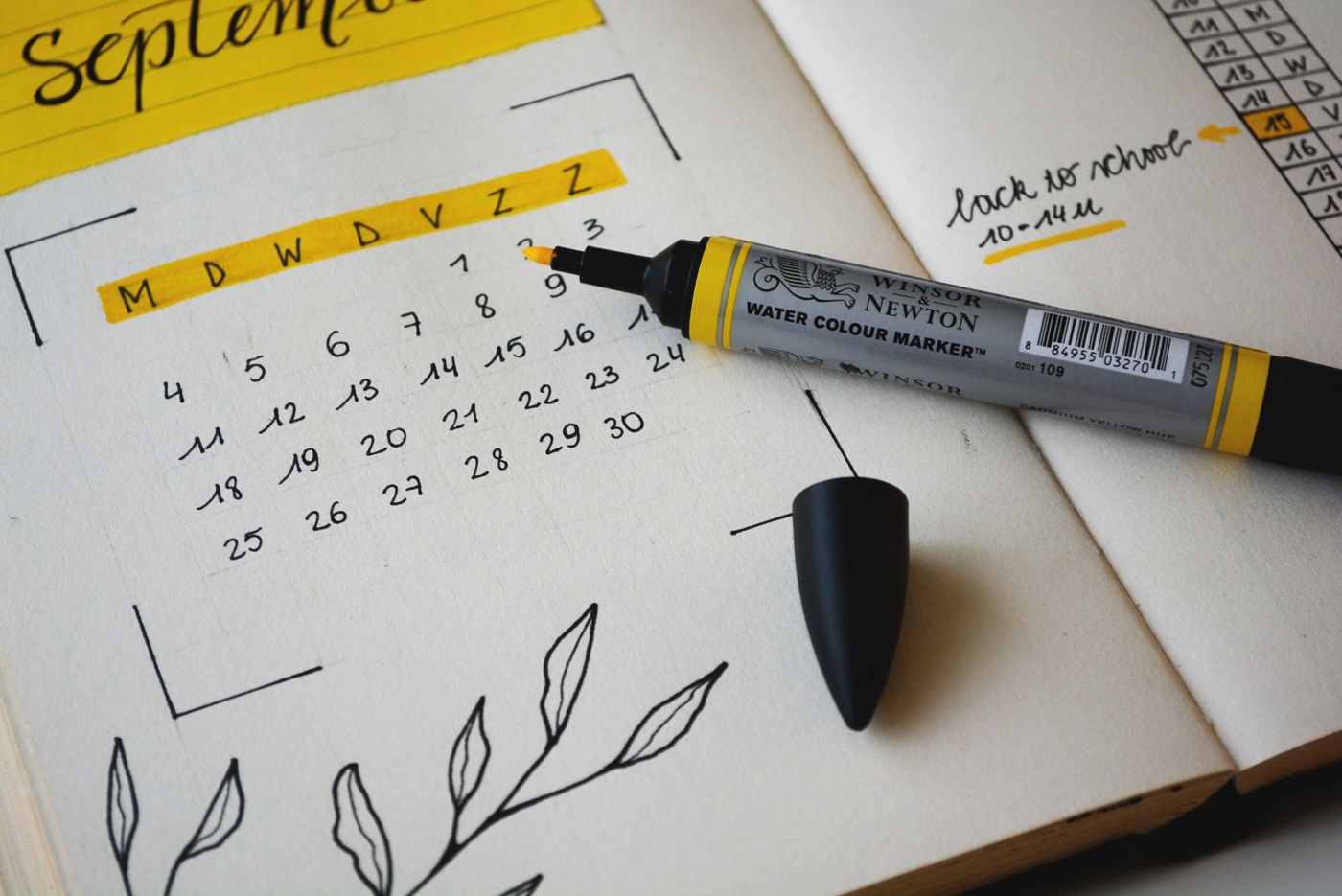The 4th of July may have been a national day of celebration for Americans, but they weren’t the only ones kicking up their heels on that particular date this year.
While US citizens were celebrating their constitutional independence, Australian residents were charging their glasses over the pursuit of a different kind of freedom – financial.
For the 10th time in as many months, the Reserve Bank of Australia (RBA) decided to leave the official interest rate unchanged at 1.5%.
For homeowners across Australia struggling with mortgage debt, or working to pay off their loan as quickly as possible, the RBA’s July 4 announcement was music to their ears – and their bank balances.
But all good things must come to an end, with some forecasters predicting the historically low interest rates won’t stay that way for much longer.
While the RBA hasn’t increased interest rates at all since November 3, 2010, former RBA board member John Edwards said in a report on news.com.au late last month that he believed rates could rise as many as eight times – or two percentage points – in the next two years.
In real terms, the full 2% rate rise would increase repayments on a $400,000 home loan by around $500 per month.
Ouch.
I’m often asked by clients whether they should fix the rate on their mortgage, especially when reports in the media start scaring home owners with talk of potential rate rises.
Of course, predictions are just that and as I’ve said before, when it comes to matters of finance, no-one knows exactly what the future will hold.
What the decision really comes down to is whether you prefer flexibility or certainty.
If you would have difficulty meeting your repayments should interest rates rise, or if you sleep better at night knowing your repayments won’t change over a set term, then a fixed rate may be for you.
However, if you want to make the most of your money, sticking with a variable interest rate is a smarter way to go.
Banks tend to know more about interest rate movements than the average customer – after all, it’s their business to know!
What this inevitably means is that there’s usually more financial benefit to the bank in fixing a rate than there will be for you. This could include anything from locking you in at a higher rate than their variable offering, to limiting how much you can repay on the fixed portion of your loan, or even adding break fees if you wish to exit the fixed rate.
In the long run, particularly if rates don’t rise as predicted, this could end up being a very costly decision.
Instead of diving in at the deep end at the mere suggestion of rate hikes, take a breath and do your sums to find out whether you can afford your repayments if interest rates do rise. A good rule of thumb is to add 2% on to your current interest rate.
You could also consider shopping around for a no-frills home loan that will offer you a lower variable interest rate than what you are currently paying.
And instead of concentrating about what may – or may not – happen when the RBA meets next month, make hay while the sun shines on the current historically low rates and make additional repayments on your loan.
A good way to decide on the value of these extra deposits is to set a timeframe for totally paying off your home loan (for example 7 years, 10 years, 20 years).
ASIC’s Money Smart website ( https://www.moneysmart.gov.au/tools-and-resources/calculators-and-apps/mortgage-calculator#!how-much-will-my-repayments-be) has a mortgage calculator that will help you calculate the repayments you need to make each month to reach your target.
This means that when those rates do inevitably rise in the future, you’ll have a lower balance on your loan for the increase to be applied to – and that’s something worth celebrating!
Contact Leon to book your complimentary 15 minute phone or video chat.










